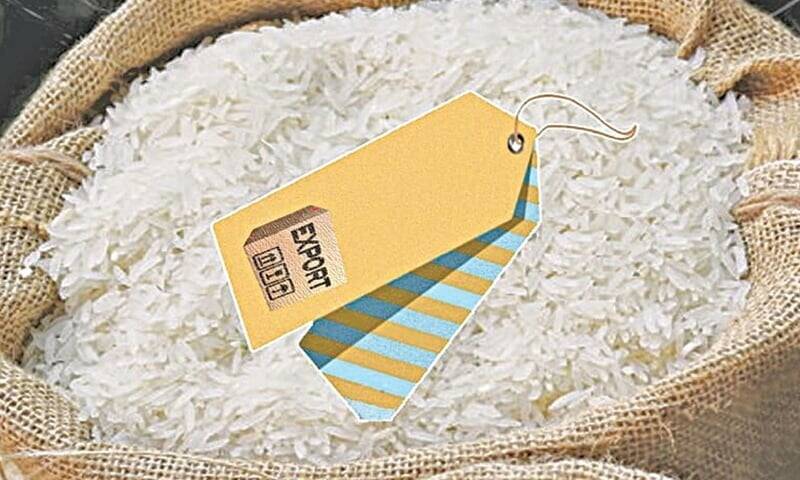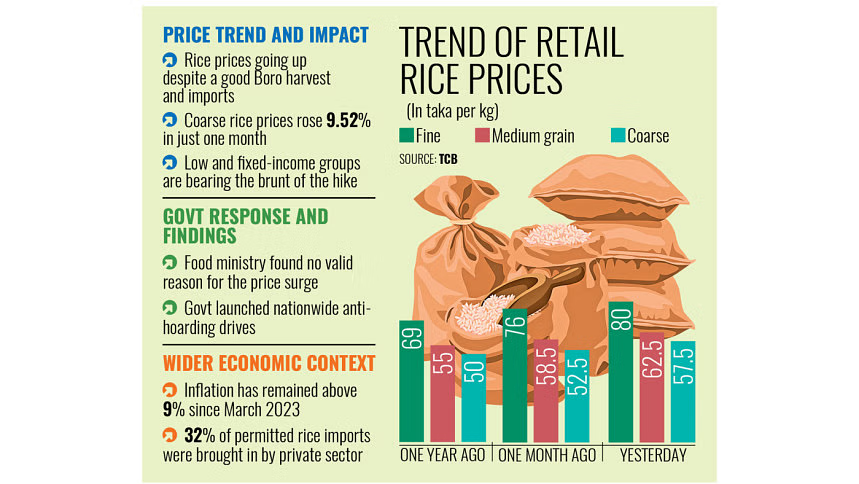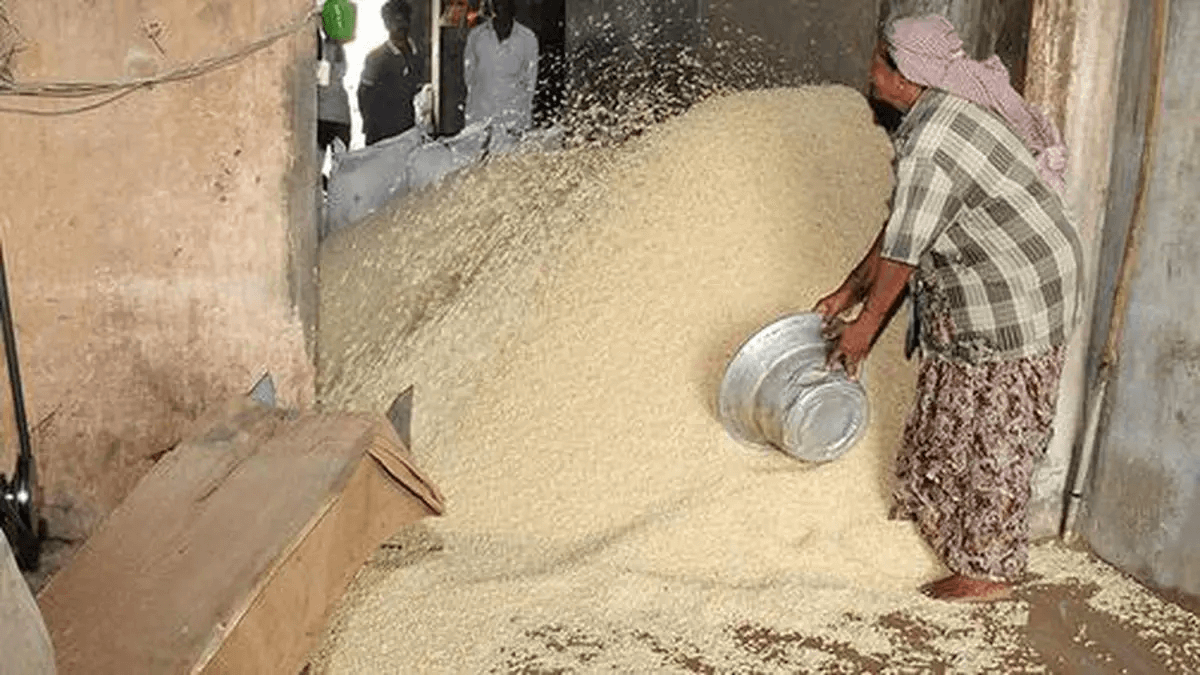Tags
Sindh contributes hugely to rice exports by Pakistan

Sindh’s rice has been a major contributor to the country’s exports earnings, which have been steadily increasing over the years, according to WealthPK.
About 30 percent of the total rice produced in Pakistan comes from Sindh. This southeastern province is the main producer of non-Basmati rice. Pakistan exported a total of 3.717 million tonnes of rice in FY23 earning $2.149 billion.
The rice sector has shown a strong resilience despite exposure to the headwinds like the last year’s devastating floods, which wiped out one-third of Sindh’s crops, depreciating rupee, tough competition from India, high freight charges as well as unavailability of vessels during the first six months of 2022-23.
The export of Basmati varieties of rice stood at 595,120 tonnes fetching $650,423 at an average per tonne (APT) rate of $1,092.
Coarse or non-Basmati varieties’ export touched 3.122 million tonnes, fetching $1.498 billion at an APT rate of $480. In the preceding year, the country fetched $2.5 billion through export shipments of 4.8 million tonnes.
The floods and torrential rains damaged the paddy crops, particularly in Sindh and South Punjab districts, and the overall crop losses were estimated at around 20 percent.
At least 35 percent of the standing rice crop was damaged in Sindh.
Syed Mumtaz Shah, a researcher at the Sindh Rice Research Institute, told WealthPK that rice cultivation covered 2.5 million hectares, or 10.9 percent of the total arable land, and produced 5.1 million tonnes of milled rice.
Rice plays multifarious roles in Sindh’s agrarian economy. Firstly, it is the second staple food after wheat and contributes more than 2.0 million tonnes to the national food requirement. Secondly, the rice industry is an important source of employment and income for the rural people.
Thirdly, it contributes to the country’s foreign exchange reserves.
In Pakistan, rice is grown under diverse climatic and edaphic conditions. Basmati predominates in the traditional rice. In Swat (zone 1) at high altitude mountain valleys, temperate Japonica rice is grown. In the south of NWFP, Sindh and Balochistan (zones 3 and 4), IRRI type long grain heat-tolerant tropical rice is grown.
Badin, Larkana, Jacobabad, Shikarpur, Kashmore, Qamber, Thatta, Dadu and Tando Muhammad Khan are the rice producing districts.
Hundreds of thousands of workers, including entrepreneurs from the Small and Medium Enterprises (SME) sector, are engaged in the rice business. It is now a modernised sector that accounts for $2 billion in exports, with the volume increasing progressively. However, millers say it is yet to be given the status of an industry in Sindh.
“The domestic consumption of rice comes second to wheat. Wheat is a staple crop but now rice is becoming a condiment or fast food,” Taimur Chohan, a Sindh-based rice miller, told WealthPK.
He said despite the severe effects of floods and droughts on the agricultural sector in the past decade, including rice, Sindh has managed to produce enough rice to feed its population and support the country’s foreign exchange earnings.
Published Date: November 30, 2023






